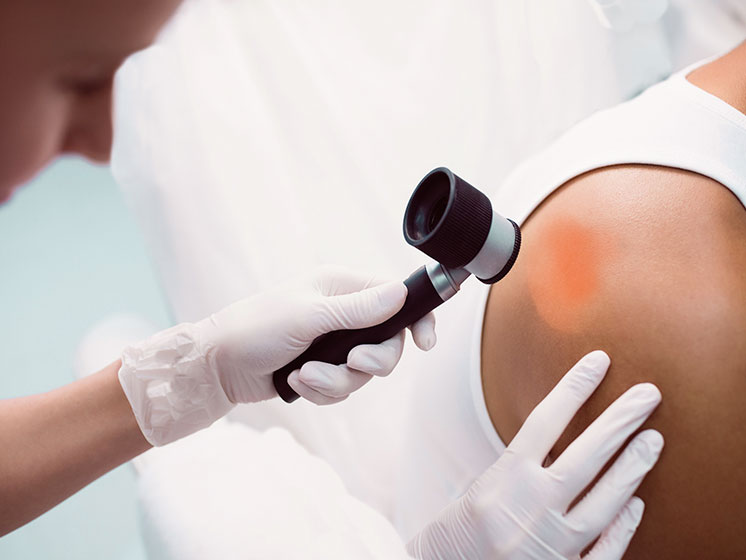Look into mohs surgery for skin cancer with a certified specialist.
Browsing Skin Cancer Therapy: The Crucial Function of Mohs in Modern Dermatology Practices
Skin cancer, a daunting medical diagnosis, typically leaves clients grappling with many therapy alternatives. Amongst these, Mohs surgery stands as a sign in modern-day dermatology, renowned for its precise strategy to cancer elimination and conservation of surrounding healthy and balanced tissue. This cutting-edge practice assures not just remarkable cosmetic outcomes however also uses immediate outcomes, easing person anxiety. As we discover the complexities of this treatment, one will appreciate its crucial function in skin cancer cells treatment.
Recognizing Skin Cancer: Types and Dangers
Skin cancer cells, a potentially lethal ailment, is much more widespread than many people recognize. This condition, brought on by the uncontrolled growth of irregular skin cells, largely arises from DNA damage because of exposure to the sunlight and ultraviolet (UV) light. There are 3 major kinds of skin cancer cells: Basal cell carcinoma, Squamous cell carcinoma, and Melanoma. While the former two are less deadly and comprise the bulk of detected instances, cancer malignancy is one of the most harmful. It represents just regarding 1% of skin cancer cells instances yet creates the substantial bulk of skin cancer cells fatalities - dermatologist. Risk factors include reasonable skin, background of sunburn, too much sunlight direct exposure, living at high elevations or near the equator, having lots of moles, a household history of skin cancer, and compromised immune system.
What Is Mohs Surgical procedure and Exactly How It's Transforming Skin Cancer Therapy
In spite of the many treatments currently offered for skin cancer cells, Mohs surgery stands out as a groundbreaking and highly efficient solution. Named after Frederic E. Mohs, the doctor that established the procedure, Mohs surgery is an accurate medical strategy utilized to deal with skin cancer. This degree of precision, integrated with the capability to save as much healthy cells as feasible, is changing skin cancer cells therapy.
The Benefits of Mohs Surgery Over Conventional Skin Cancer Treatments
Structure on the cutting-edge nature of Mohs surgical treatment, it's essential to consider its numerous advantages over typical skin cancer cells treatments. Unlike guidelines, Mohs uses a higher cure price, frequently reaching 99% for newbie treatments and 94% for recurrent cancers cells. This precision is due to its one-of-a-kind technique of gradually removing and examining cells layers up until only cancer-free cells remain (dermatologist). In addition, it lessens damage to healthy and balanced skin, causing less scarring and boosted cosmetic outcomes. Mohs additionally offers immediate outcomes, eliminating the anxiety-ridden delay typical with various other my response techniques. Lastly, it's cost-efficient, as the surgical treatment and microscopic assessment happen simultaneously, getting rid of the demand for extra research laboratory services. Thus, Mohs represents a substantial development in skin-related practices.
The Procedure of Mohs Surgical Treatment: What to Anticipate During the Process

Prospective Adverse Effects and Post-Operative Care of Mohs Surgical Treatment
Undergoing Mohs surgical treatment, like any kind of other medical treatment, involves prospective adverse effects that clients need to understand. Typical negative effects include discomfort, wounding, and swelling at the surgical procedure site. Nevertheless, these are generally temporary and workable with non-prescription discomfort medication and ice packs. In uncommon address instances, patients may experience infection, bleeding, or an allergic reaction to the regional anesthetic. Post-operative treatment is critical to healing and reducing side impacts. This normally entails maintaining the injury tidy and completely dry, taking recommended medications, and avoiding exhausting activities. Clients ought to likewise go to all follow-up visits for wound care and tracking. Sometimes, extra treatments may be required to guarantee complete removal of the cancerous cells. Sticking to these post-operative treatment standards can significantly improve recovery and outcomes.
Conclusion
